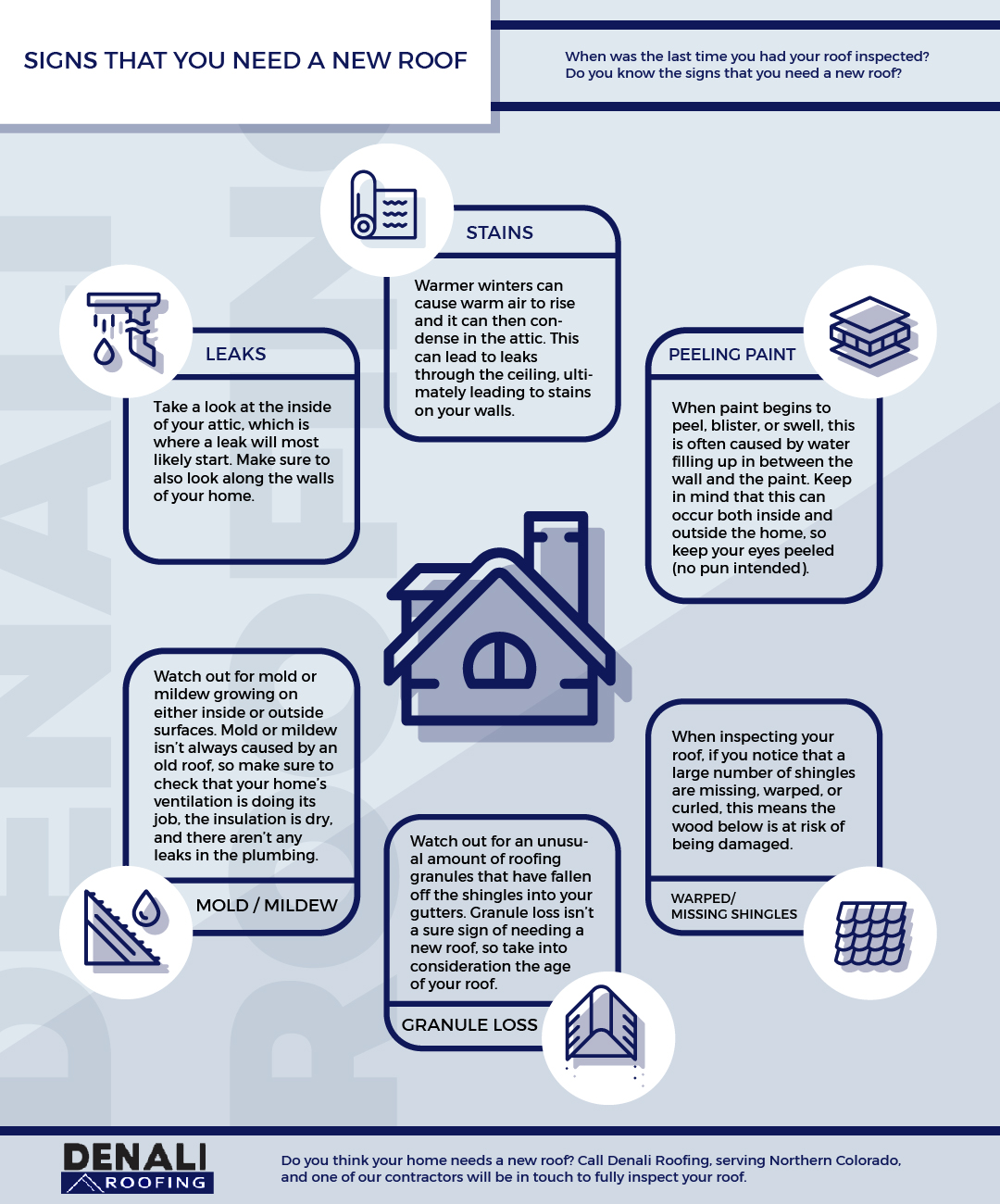Constant Mistakes In Roofing System Installation And Techniques For Prevention
Constant Mistakes In Roofing System Installation And Techniques For Prevention
Blog Article
Content By-Allen Rogers
When you're preparing a roofing system installation, it's simple to forget important details that can bring about significant issues down the line. You might be lured to reduce edges on material option or skip proper blinking setup, but these common mistakes can bring about pricey repair work later. Understanding the value of air flow and sticking to regional building codes is essential for an effective task. So, what are the vital actions you should require to guarantee your roof covering stands the test of time? Let's discover some effective techniques to prevent these pitfalls.
Poor Product Selection
When it comes to roof covering installment, choosing the incorrect materials can cause pricey issues down the line. You might assume that any kind of roof product will do, but that's a typical misunderstanding. It's vital to select materials that suit your regional climate and the specific requirements of your home.
For example, if you reside in a location with heavy rainfall or snow, opting for asphalt roof shingles might not be the most effective choice. Rather, take into consideration more sturdy options like steel or slate.
Additionally, pay attention to the quality of the products you're taking into consideration. Inexpensive materials might save you money upfront, however they typically lack long life and can cause regular fixings or substitutes.
You must also consider the style of your home and make certain the materials you select will certainly preserve its aesthetic appeal.
Ultimately, do not fail to remember to consult with experts. They can give useful insights and advise materials that comply with local building regulations.
Investing time in appropriate material choice currently can aid you stay clear of frustrations and expenditures in the future, making your roofing project a success.
Inadequate Flashing Installation
Picking the best products isn't the only element that can bring about roof covering problems; insufficient blinking installation can additionally produce considerable concerns. Flashing is vital for directing water away from vulnerable locations, such as chimneys, skylights, and roofing system valleys. If it's not mounted properly, you take the chance of water breach, which can lead to mold and mildew development and architectural damage.
When you install blinking, guarantee it's the right type for your roof's style and the regional environment. For instance, metal blinking is often extra resilient than plastic in locations with heavy rain or snow. Make certain the flashing overlaps appropriately and is safeguarded tightly to prevent spaces where water can seep with.
You need to additionally focus on the setup angle. Flashing ought to be positioned to direct water away from your home, not towards it.
If you're not sure about the installment procedure or the products needed, consult an expert. They can aid recognize the best blinking alternatives and make sure everything is set up appropriately, protecting your home from possible water damages.
Taking these actions can conserve you time, cash, and headaches later on.
Neglecting Ventilation Needs
While lots of home owners focus on the visual and architectural facets of roof covering setup, neglecting ventilation requirements can bring about severe long-term effects. Correct ventilation is crucial for regulating temperature level and wetness degrees in your attic, stopping concerns like mold and mildew growth, timber rot, and ice dams. If you do not install sufficient air flow, you're establishing your roofing up for failing.
To prevent https://www.constructionnews.co.uk/health-and-safety/roofing-specialist-fined-after-workers-death-15-03-2021/ , first, examine your home's certain air flow needs. A well balanced system normally consists of both consumption and exhaust vents to advertise air flow. Guarantee you've installed soffit vents along the eaves and ridge vents at the peak of your roofing. This mix permits hot air to run away while cooler air gets in, keeping your attic space comfy.
Likewise, consider window installations of roof covering material you've selected. Some materials might need extra ventilation strategies. Ascertain your local building codes for ventilation standards, as they can differ considerably.
Lastly, do not forget to inspect your ventilation system routinely. Blockages from debris or insulation can impede airflow, so maintain those vents clear.
Conclusion
Finally, staying clear of typical roofing system installation errors is key to guaranteeing your roof's long life and performance. By selecting the right products for your climate, setting up blinking effectively, and addressing air flow demands, you can avoid pricey issues down the road. Do not forget to familiarize on your own with local building ordinance and timetable routine inspections. With these steps, you'll take pleasure in a safe, durable roof covering that safeguards your home for several years to come. Delighted roof covering!
